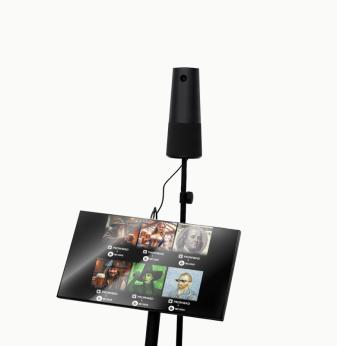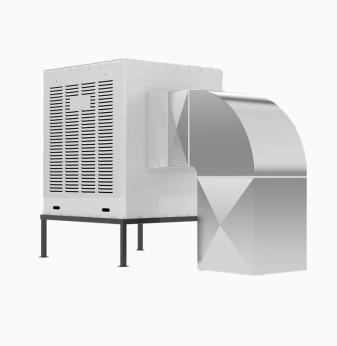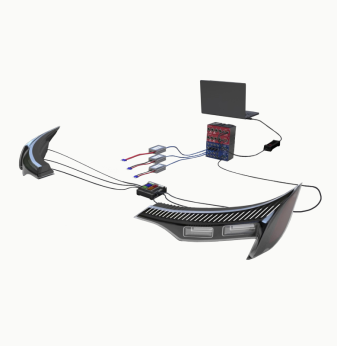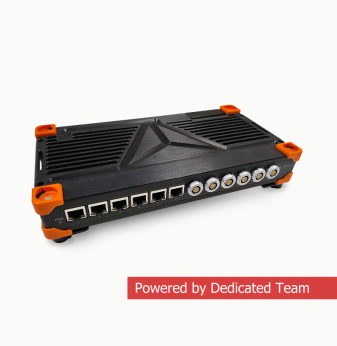Chiplet-Based Embedded Design: Modular Electronics for Faster Prototyping and Scaling
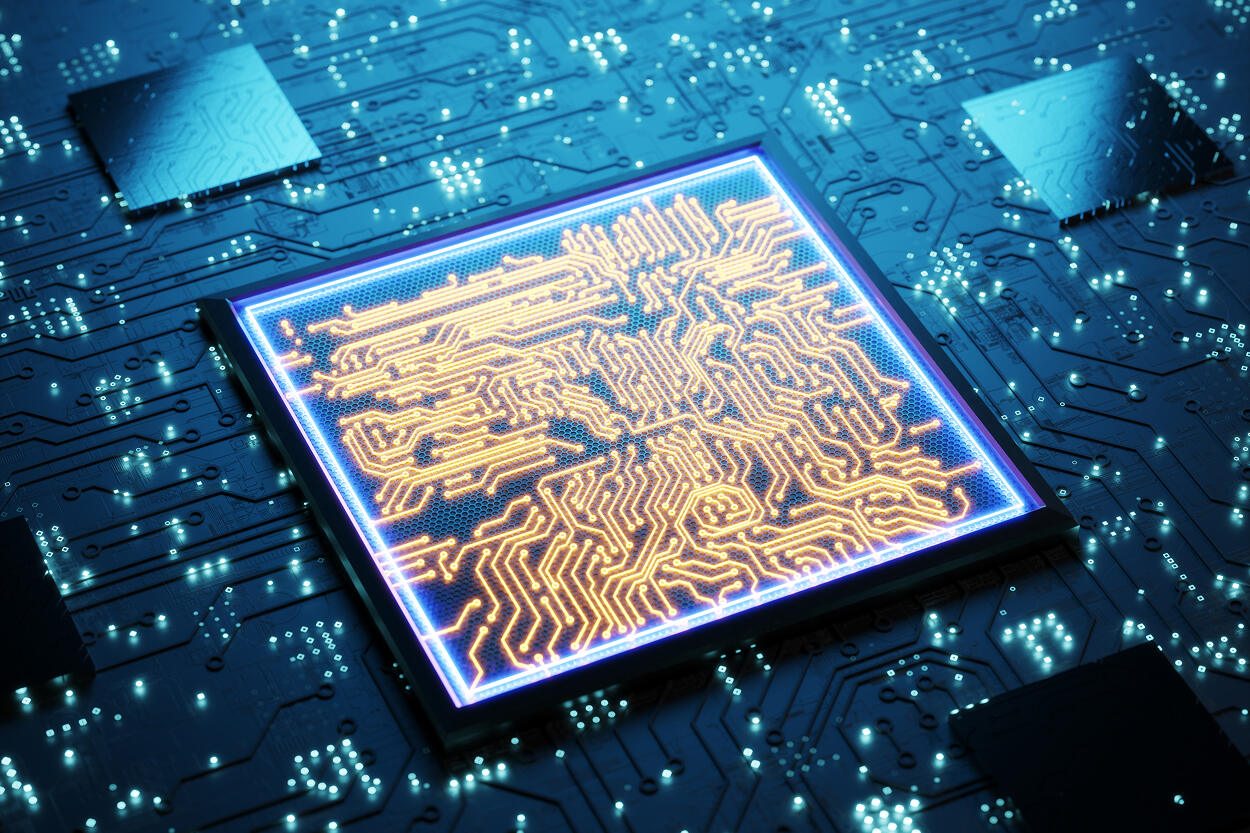
In recent years, the semiconductor industry has begun shifting from traditional monolithic system-on-chip (SoC) architectures toward chiplet-based design. This approach breaks down complex chips into smaller, specialized building blocks — chiplets — that can be combined on a package to deliver tailored functionality.
For embedded systems, where design cycles, cost pressures, and performance constraints are intense, chiplets promise a transformation. By enabling modular architectures, they allow engineers to prototype faster, scale more flexibly, and integrate best-in-class IP without reinventing the wheel.
As 2025 unfolds, chiplet-based design is no longer confined to data centers and high-performance computing. It is rapidly moving into IoT, automotive, robotics, and industrial devices — reshaping how embedded electronics are developed and deployed.
Why chiplets matter for embedded design
Traditional SoC development is costly and slow. Designing a new SoC for every embedded device — from automotive controllers to industrial sensors — requires years of engineering and millions in investment.
Chiplets offer a different paradigm:
- Modularity: Functional blocks such as CPUs, GPUs, AI accelerators, RF interfaces, or memory controllers can be combined like Lego bricks.
- Reusability: Proven chiplets can be reused across different designs, reducing time-to-market.
- Heterogeneous integration: Engineers can mix process nodes (e.g., advanced 5nm logic with mature 28nm analog).
- Scalability: New product versions can be spun up by swapping or adding chiplets rather than redesigning the entire SoC.
For embedded developers under pressure to deliver low-cost, power-efficient, yet feature-rich devices, chiplet architectures open a path to balance innovation and practicality.
Lessons from early adoption
1. Prototyping accelerates dramatically
In embedded prototyping, speed is critical. With chiplets, a prototype can be assembled using existing CPU, memory, and interface chiplets, while experimenting with custom blocks for differentiation.
Example: A startup building edge AI sensors used a pre-designed AI accelerator chiplet combined with an off-the-shelf RISC-V core. This enabled them to demonstrate a working prototype in under six months — compared to over 18 months with traditional SoC development.
2. Cost structures improve
Developing a monolithic SoC at an advanced node like 5nm can cost hundreds of millions. Chiplets allow designers to confine high-performance logic to leading-edge nodes while keeping analog, I/O, or RF on cheaper, mature processes.
Example: In industrial IoT gateways, companies use advanced chiplets for AI inference while integrating RF transceivers from 65nm nodes, cutting costs by 40% compared to full advanced-node SoCs.
3. Supply chain flexibility
The chiplet model also provides resilience. If one supplier faces delays, another vendor’s chiplet may be integrated instead — a crucial benefit in a world of ongoing semiconductor supply chain challenges.
Applications of chiplet-based design in embedded systems
Automotive and mobility
Autonomous driving platforms demand heterogeneous computing: AI inference, safety-critical MCUs, and high-speed networking. Chiplets allow manufacturers to integrate these functions flexibly, tailoring hardware for different vehicle tiers.
Industrial IoT and robotics
Factories are adopting edge controllers with built-in vision, predictive analytics, and TSN support. Chiplets make it possible to scale the same design across simple PLCs and advanced robotic controllers by swapping compute chiplets.
Telecommunications and networking
Chiplet-based NPUs and switch fabrics enable scalable designs for routers and base stations. Instead of designing multiple SoCs, OEMs can assemble different performance levels from the same library of chiplets.
Consumer and wearable electronics
Smart wearables and AR/VR devices need custom combinations of low-power AI, graphics, and connectivity chiplets. This approach accelerates prototyping of new product classes while minimizing BOM complexity.
Technical enablers: advanced packaging
Chiplets are only possible thanks to progress in advanced packaging technologies:
- 2.5D interposers (silicon or organic) allow high-bandwidth communication between chiplets.
- 3D stacking provides vertical integration for compact designs.
- UCIe (Universal Chiplet Interconnect Express) is emerging as a standard for multi-vendor chiplet interoperability.
These technologies are gradually moving from high-end GPUs and CPUs to embedded markets as costs fall.
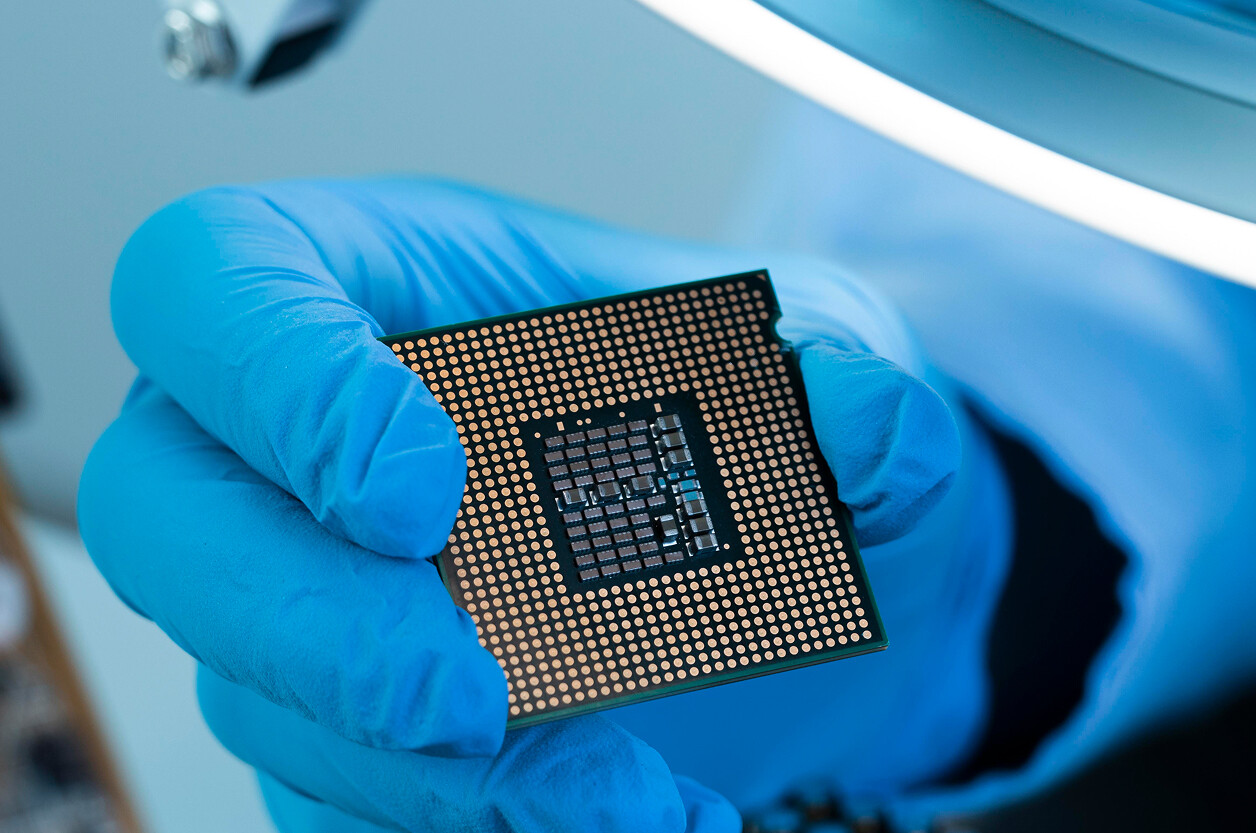
Challenges for embedded developers
While chiplet-based design holds promise, it also introduces hurdles:
- Interoperability: Standards like UCIe are still maturing, and cross-vendor chiplet ecosystems are in early stages.
- EDA toolchains: Traditional SoC design flows are not fully optimized for modular, chiplet-aware integration.
- Thermal management: Multi-die packages create new heat dissipation challenges in compact embedded systems.
- Testing complexity: Verifying performance and reliability across heterogeneous chiplets adds design overhead.
Despite these obstacles, early adopters are finding that the benefits outweigh the costs — especially as ecosystems mature.
Outlook for 2025 and beyond
- Short term (2025–2027): Chiplets enter mainstream embedded designs in automotive controllers, industrial gateways, and consumer wearables. Early adopters focus on modular prototyping.
- Mid term (2027–2030): Standardization (UCIe, BOW, AIB) and better design tools drive broader adoption, with ecosystems of reusable chiplets forming across industries.
- Long term (2030+): Chiplet-based design becomes the default for embedded electronics, blending performance scaling with rapid customization.
AI Overview: Chiplet-Based Embedded Design
Chiplet-Based Embedded Design — Overview (2025)
Chiplet architectures modularize embedded electronics, breaking SoCs into reusable functional blocks that can be mixed and matched. This enables faster prototyping, cost optimization, and scalable product lines.
Key Applications:
Automotive ADAS and controllers, industrial IoT gateways, edge AI devices, AR/VR wearables, telecom routers.
Benefits:
Faster prototyping cycles, cost savings from heterogeneous nodes, flexible scaling of product families, and resilience against supply chain risks.
Challenges:
Immature cross-vendor standards, complex thermal and test management, limited chiplet ecosystems for embedded-specific functions.
Outlook:
- Short term: rapid adoption in prototyping and edge AI devices.
- Mid term: mature ecosystems of standardized chiplets.
- Long term: chiplets as the foundation for modular, scalable embedded electronics.
Related Terms: heterogeneous integration, UCIe, 2.5D packaging, 3D stacking, modular SoC, Lego-chip design.
Our Case Studies

